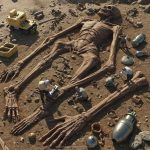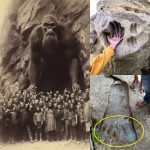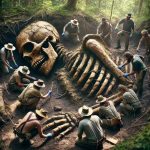Bruce Willis wasn’t built like Stallone
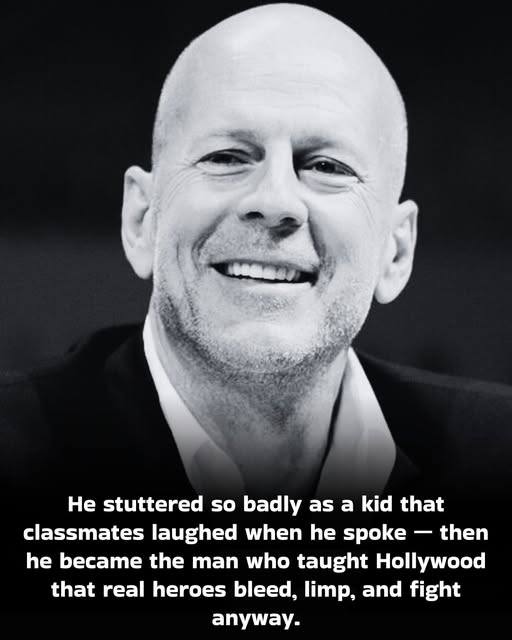
Bruce Willis wasn’t built like Stallone. He didn’t move like Schwarzenegger. He couldn’t bench press a car or deliver one-liners while flexing superhuman muscles.

He bled. He limped. He crawled through broken glass barefoot and made pain look like courage.
Bruce Willis wasn’t supposed to be an action hero. He became the blueprint for what a hero could actually be.
In 1988, when 20th Century Fox cast Willis as the lead in Die Hard, Hollywood executives didn’t see a movie star — they saw a mistake. Willis was the charming private detective from the TV show Moonlighting, famous for his crooked grin and rapid-fire banter. He was funny, sure. But action hero?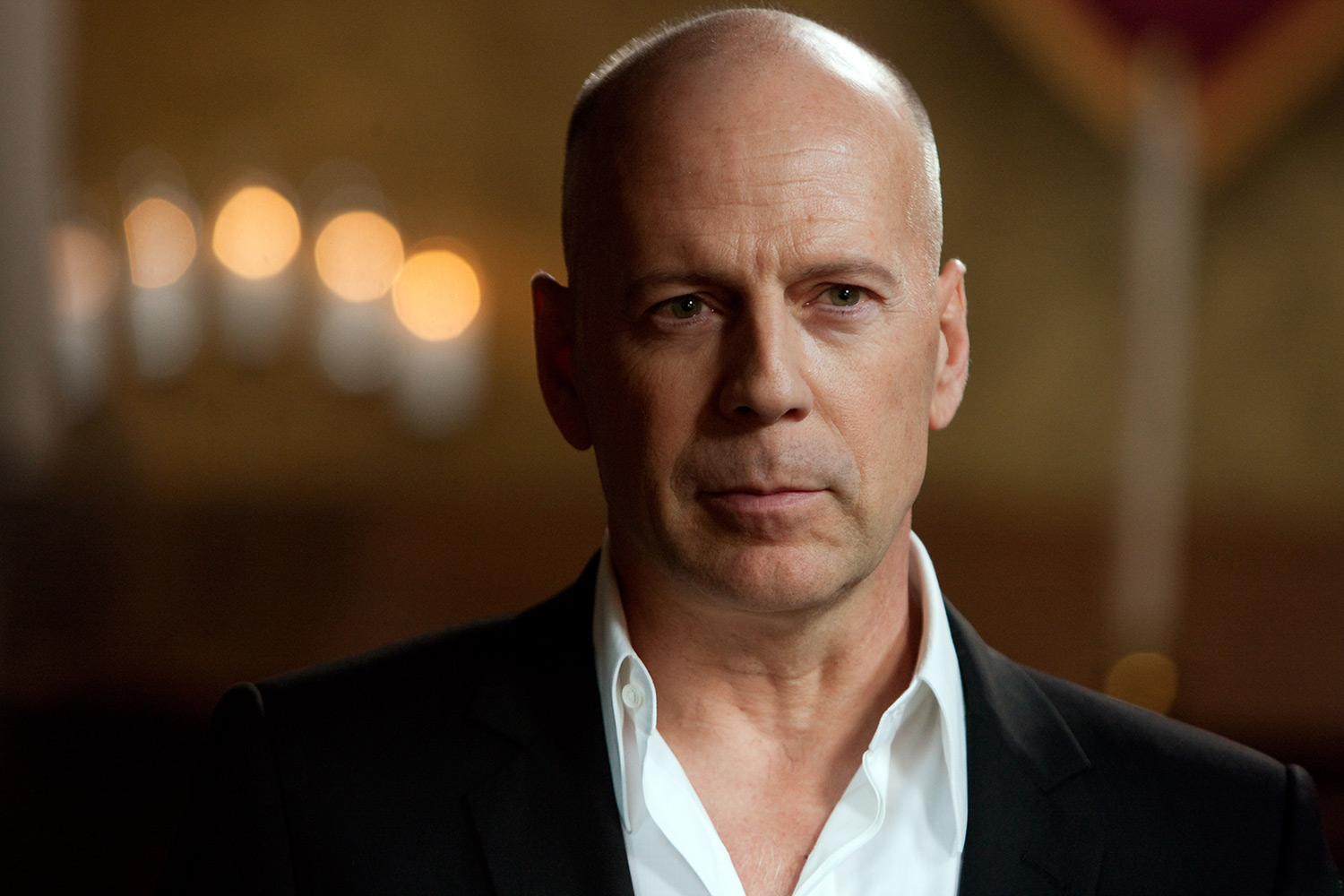
Test audiences were skeptical. Industry insiders questioned the choice. This was the era of oiled muscles and invincible warriors. Heroes looked like comic book panels come to life — perfect, powerful, untouchable. Willis looked like the guy who might show up to fix your sink.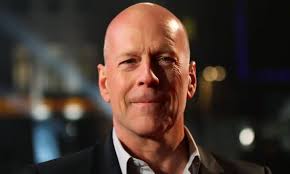

And then came Christmas Eve at Nakatomi Plaza.
Die Hard wasn’t supposed to change cinema. It was adapted from a novel, stuck in development hell, and cast with an unconventional lead. But the moment Willis stepped onto that screen as NYPD Detective John McClane — shoeless, bleeding, talking to himself to stay sane — everything shifted.
McClane wasn’t a hero. He was a man in way over his head.
He didn’t have a plan. He didn’t have backup. He was separated from his wife, stuck in a building full of terrorists, and absolutely terrified. “Come out to the coast, we’ll get together, have a few laughs,” he mutters bitterly while pulling shards of glass from his bloody feet. It’s half comedy, half cry for help — the sound of a man realizing he might not survive the night.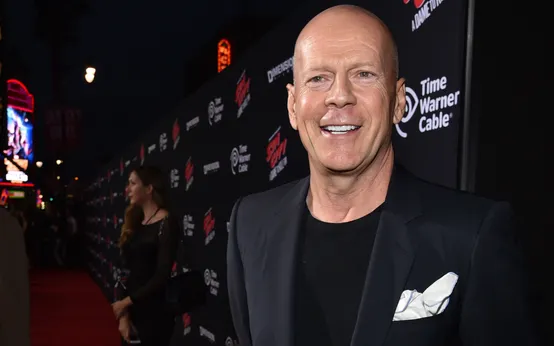

That vulnerability changed everything.
The muscle-bound invincibility of 1980s action cinema gave way to something rawer, more human. Willis made audiences believe that an ordinary cop could face extraordinary evil and survive — not because he was superhuman, but because he refused to quit. Every wound showed. Every punch hurt. He got tired. He got scared. He kept going anyway.
Die Hard exploded into a cultural phenomenon. It redefined the action genre, launched a franchise, and turned Bruce Willis into the face of a new kind of heroism — the kind that limps.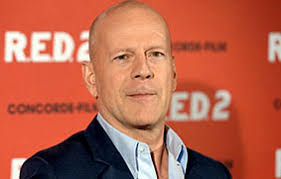

But the man who brought John McClane to life had been fighting battles long before Hollywood noticed.
Willis was born Walter Bruce Willis in 1955 on a military base in West Germany, then moved to Carneys Point, New Jersey, when his father left the army. His dad worked as a welder. His mom worked at a bank. They were blue-collar, practical people raising four kids on tight budgets and big love.

